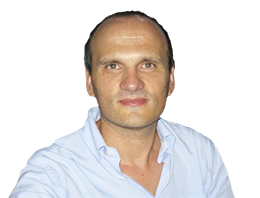Don Norman (photo on the left), author of many popular books about design and technology, is in Italy this week as a special guest of CHItaly 2011 (the Italian conference on Computer-Human Interaction, which starts tomorrow), organized this year in Sardinia by Sebastiano Bagnara (University of Sassari). Today we had the opportunity to ask a few questions to Don. His answers are reported in the following (the italian translation is instead available at this link).
1) In your new book (“Living with complexity”), you point out that the pursue of simplicity by interaction designers does not always bring more usability and user satisfaction. What are the kind of errors that a designer can make in this sense?
It is possible to make things so simple that they are difficult or even impossible to use. Imagine a mobile that only had one button: would it look simple? Yes, but what could you do? Many elegant designs look very attractive, but when you start to use them, you cannot figure out how to do so.
But of course! The best design will convey the correct emotional state — maybe power and control, or perhaps calm and comfort. I like things that indicate subtle pleasure and excitement. These emotions are conveyed through the visual design, through a feeling of understanding how to use the device and what it can do. Emotion and complexity are intimately related. Things that look confusing and complicated invoke a feeling of anxiety and dread, perhaps a lack of self-esteem. Make it look approachable and under control and the positive emotions soar. That is what I like about my Gaggia coffee machine: it invokes pride and passion.
3) In the “Invisible Computer” you predicted that information appliances which hide technology from the user would have been the means to achieve more ease of use and convenience. Do you think that the current trend towards Cloud Computing will help to further materialize this vision?


